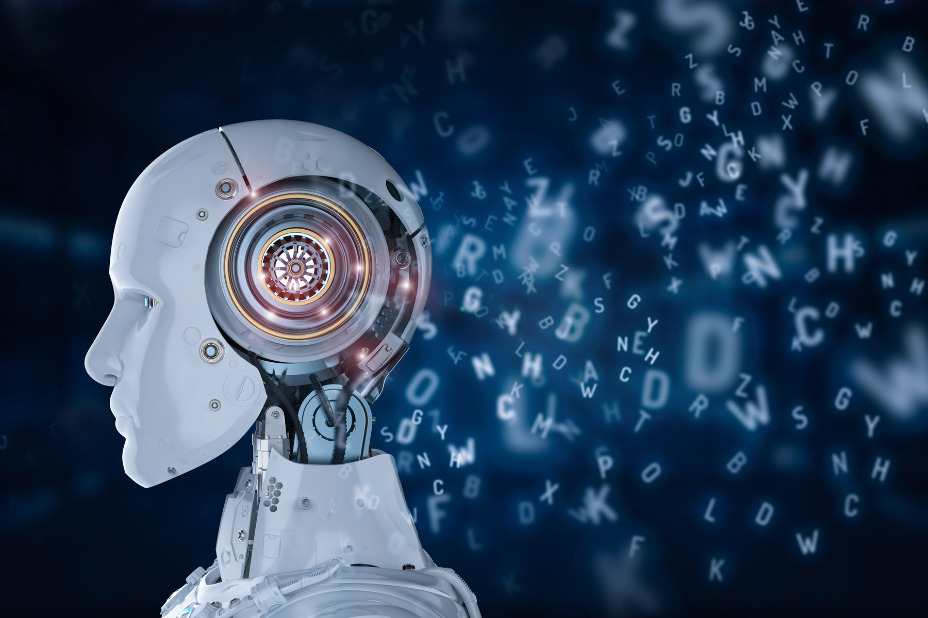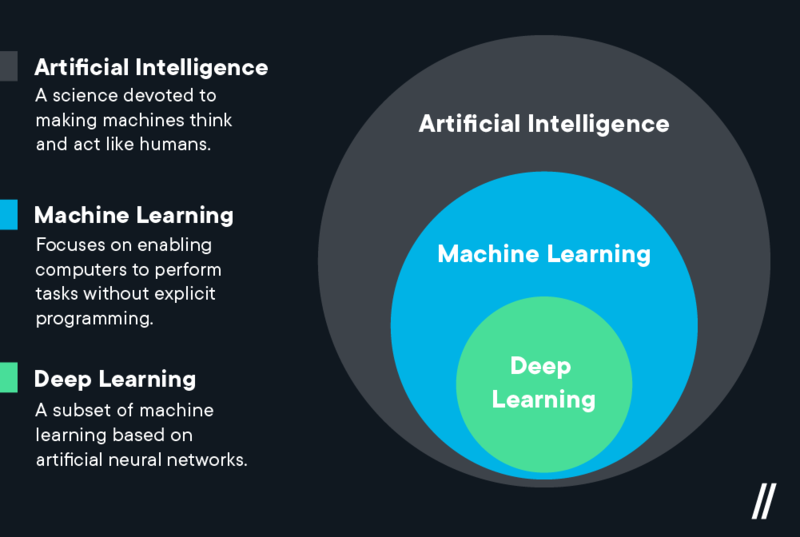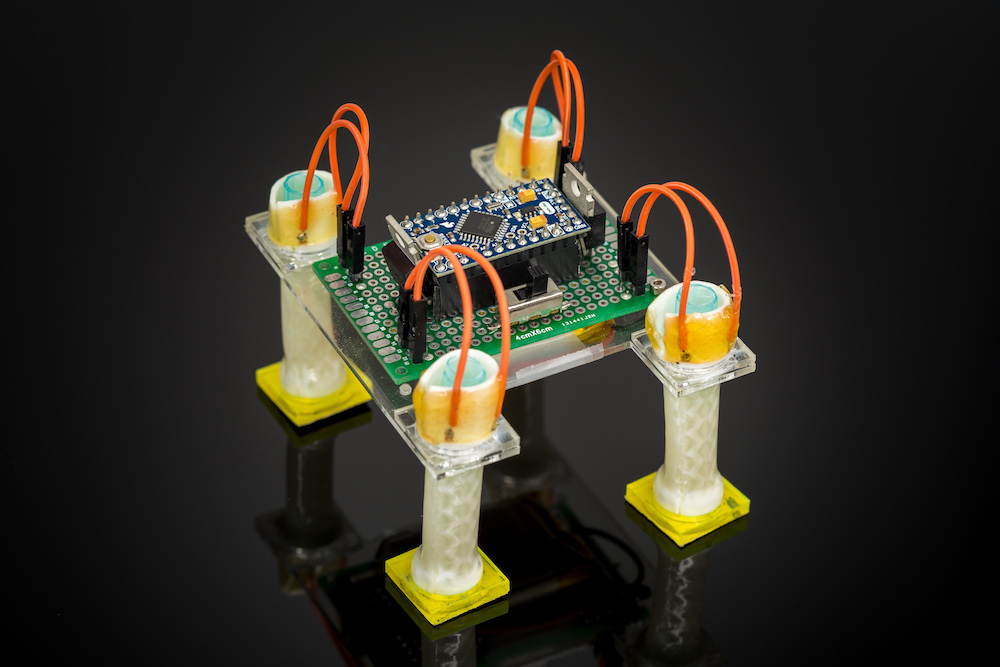Deep Learning vs. Machine Learning

Neural networks, supervised learning, reinforcement learning — what are they, and how will they impact our lives?
If you’re interested in learning about Data Science, you may be asking yourself – deep learning vs. machine learning, what’s the difference? In this article we’ll cover the two discipline’s similarities, differences, and how they both tie back to Data Science.
Key Takeaways
- Deep learning is a type of machine learning, which is a subset of artificial intelligence.
- Machine learning is about computers being able to think and act with less human intervention; deep learning is about computers learning to think using structures modeled on the human brain.
- Machine learning requires less computing power; deep learning typically needs less ongoing human intervention.
- Deep learning can analyze images, videos, and unstructured data in ways machine learning can’t easily do.
- Every industry will have career paths that involve machine and deep learning.
What is artificial intelligence (AI)?
Artificial Intelligence (AI) is a science devoted to making machines think and act like humans.
This may sound simple, but no existing computer begins to match the complexities of human intelligence. Computers excel at applying rules and executing tasks, but sometimes a relatively straightforward ‘action’ for a person might be extremely complex for a computer.
For example, carrying a tray of drinks through a crowded bar and serving them to the correct customer is something servers do every day, but it is a complex exercise in decision making and based on a high volume of data being transmitted between neurons in the human brain.
Computers aren’t there yet, but machine learning and deep learning are steps towards a key element of this goal: analyzing large volumes of data and making decisions/predictions based on it with as little human intervention as possible.

What is machine learning?
Machine Learning is a subset of artificial intelligence focusing on a specific goal: setting computers up to be able to perform tasks without the need for explicit programming.
Computers are fed structured data (in most cases) and ‘learn’ to become better at evaluating and acting on that data over time.
Think of ‘structured data’ as data inputs you can put in columns and rows. You might create a category column in Excel called ‘food’, and have row entries such as ‘fruit’ or ‘meat’. This form of ‘structured’ data is very easy for computers to work with, and the benefits are obvious (It’s no coincidence that one of the most important data programming languages is called ‘structured query language’).
Once programmed, a computer can take in new data indefinitely, sorting and acting on it without the need for further human intervention.
Over time, the computer may be able to recognize that ‘fruit’ is a type of food even if you stop labeling your data. This ‘self-reliance’ is so fundamental to machine learning that the field breaks down into subsets based on how much ongoing human help is involved.
Supervised learning & semi-supervised learning
Supervised learning is a subset of machine learning that requires the most ongoing human participation — hence the name ‘supervised’. The computer is fed training data and a model explicitly designed to ‘teach’ it how to respond to the data.
Once the model is in place, more data can be fed into the computer to see how well it responds — and the programmer/data scientist can confirm accurate predictions, or can issue corrections for any incorrect responses. Picture a programmer trying to teach a computer image classification. They’d input images and task the computer to classify each image, confirming or correcting each computer output.
Over time, this level of supervision helps hone the model into something that is accurately able to handle new datasets that follow the ‘learned’ patterns. But it is not efficient to keep monitoring the computer’s performance and making adjustments.
In semi-supervised learning, the computer is fed a mixture of correctly labeled data and unlabeled data, and searches for patterns on its own. The labeled data serves as ‘guidance’ from the programmer, but they do not issue ongoing corrections.
Unsupervised learning
Unsupervised learning takes this a step further by using unlabeled data. The computer is given the freedom to find patterns and associations as it sees fit, often generating results that might have been unapparent to a human data analyst.
A common use for unsupervised learning is ‘clustering’, where the computer organizes the data into common themes and layers it identifies. Shopping/e-commerce websites routinely use this technology to decide what recommendations to make to specific users based on their past purchases.
Reinforcement learning
In supervised and unsupervised learning, there is no ‘consequence’ to the computer if it fails to properly understand or categorize data. But what if, like a child at school, it received positive feedback when it did the right thing, and negative feedback when it did the wrong thing? The computer would presumably begin to figure out how to get specific tasks job done through trial-and-error, knowing it’s on the right track when it receives a reward (for example, a score) that reinforces its ‘good behavior’.
This type of reinforced learning is critical to helping machines master complex tasks that come with large, highly flexible, and unpredictable datasets. This opens the door to computers that are trying to achieve a goal: perform surgery, drive a car, scan luggage for dangerous objects, etc.

What is machine learning used for today?
You might be surprised to find that you interact with machine learning tools every day. Google uses it to filter spam, malware, and attempted phishing emails out of your inbox. Your bank and credit card use it to generate warnings about suspicious transactions on your accounts. When you talk to Siri and Alexa, machine learning drives the voice and speech recognition platforms at work. And when your doctor sends you to a specialist, machine learning may be helping them scan X-rays and blood test results for anomalies like cancer.
As the applications continue to grow, people are turning to machine learning to handle increasingly more complex types of data. There is a strong demand for computers that can handle unstructured data, like images or video. And this is where deep learning enters the picture.
What is deep learning?
Machine learning is about computers being able to perform tasks without being explicitly programmed… but the computers still think and act like machines. Their ability to perform some complex tasks — gathering data from an image or video, for example — still falls far short of what humans are capable of.
Deep learning models introduce an extremely sophisticated approach to machine learning and are set to tackle these challenges because they’ve been specifically modeled after the human brain. Complex, multi-layered “deep neural networks” are built to allow data to be passed between nodes (like neurons) in highly connected ways. The result is a non-linear transformation of the data that is increasingly abstract.
While it takes tremendous volumes of data to ‘feed and build’ such a system, it can begin to generate immediate results, and there is relatively little need for human intervention once the programs are in place.
Types of deep learning algorithms
A growing number of deep learning algorithms make these new goals reachable. We’ll cover two here just to illustrate some of the ways that data scientists and engineers are going about applying deep learning in the field.
Convolutional Neural Networks
Convolutional neural networks are specially built algorithms designed to work with images. The ‘convolution’ in the title is the process that applies a weight-based filter across every element of an image, helping the computer to understand and react to elements within the picture itself.
This can be helpful when you need to scan a high volume of images for a specific item or feature; for example, images of the ocean floor for signs of a shipwreck, or a photo of a crowd for a single person’s face.
This science of computer image/video analysis and comprehension is called ‘computer vision’, and represents a high-growth area in the industry over the past 10 years.
Recurrent Neural Networks
Recurrent neural networks, meanwhile, introduce a key element into machine learning that is absent in simpler algorithms: memory. The computer is able to keep past data points and decisions ‘in mind’, and consider them when reviewing current data – introducing the power of context.
This has made recurrent neural networks a major focus for natural language processing work. Like with a human, the computer will do a better job understanding a section of text if it has access to the tone and content that came before it. Likewise, driving directions can be more accurate if the computer ‘remembers’ that everyone following a recommended route on a Saturday night takes twice as long to get where they are going.
5 key differences between machine learning and deep learning
While there are many differences between these two subsets of artificial intelligence, here are five of the most important:
1. Human Intervention
Machine learning requires more ongoing human intervention to get results. Deep learning is more complex to set up but requires minimal intervention thereafter.
2. Hardware
Machine learning programs tend to be less complex than deep learning algorithms and can often run on conventional computers, but deep learning systems require far more powerful hardware and resources. This demand for power has driven has meant increased use of graphical processing units. GPUs are useful for their high bandwidth memory and ability to hide latency (delays) in memory transfer due to thread parallelism (the ability of many operations to run efficiently at the same time.)
3. Time
Machine learning systems can be set up and operate quickly but may be limited in the power of their results. Deep learning systems take more time to set up but can generate results instantaneously (although the quality is likely to improve over time as more data becomes available).
4. Approach
Machine learning tends to require structured data and uses traditional algorithms like linear regression. Deep learning employs neural networks and is built to accommodate large volumes of unstructured data.
5. Applications
Machine learning is already in use in your email inbox, bank, and doctor’s office. Deep learning technology enables more complex and autonomous programs, like self-driving cars or robots that perform advanced surgery.

The future of machine learning and deep learning
Machine and deep learning will affect our lives for generations to come and virtually every industry will be transformed by their capabilities. Dangerous jobs like space travel or work in harsh environments might be entirely replaced with machine involvement.
At the same time, people will turn to artificial intelligence to deliver rich new entertainment experiences that seem like the stuff of science fiction.
Careers in machine learning and deep learning
It will take the continued efforts of talented individuals to help machine and deep learning achieve their best results. While every field will have its own special needs in this space, there are some key career paths that already enjoy competitive hiring environments.
Data Scientists
Data Scientists work to compose the models and algorithms needed to pursue their industry’s goals. They also oversee the processing and analysis of data generated by the computers. This fast-growing career combines a need for coding expertise (Python, Java, etc.) with a strong understanding of the business and strategic goals of a company or industry.
- Average Glassdoor salary: $113k/year
- Average ZipRecruiter salary: $120k/year
Machine Learning Engineers
Machine Learning Engineers implement the data scientists’ models and integrate them into the complex data and technological ecosystems of the firm. They are also at the helm for the implementation/programming of automated controls or robots that take actions based on incoming data. This is critical work — the massive volume of data and computer processing power requires a high level of expertise and efficiency to be both cost- and resource-effective.
- Average Glassdoor salary: $114k/year
- Average ZipRecruiter salary: $131k/year
Computer Vision Specialist
Computer Vision Specialists help computers make sense of 2D or 3D images. They are critical to many practical applications of deep learning, such as augmented and virtual reality spaces. This is just an example of a specific career that exists within the machine learning ecosystem; every industry will have its own specialists to help unite the powers of artificial intelligence with industry goals and technologies.
- Average Glassdoor salary: $114k/year
- Average ZipRecruiter salary: $96k/year
If you’re curious about pursuing a data science career, our data science course covers entire modules devoted to machine learning, deep learning, and natural language processing. We offer this course both in person and as an online course.
All it takes is some math know-how and familiarity with basic data analysis. Here are some tips for getting accepted into our data science course.
Disclaimer: The information in this blog is current as of February 8, 2021. Current policies, offerings, procedures, and programs may differ.



